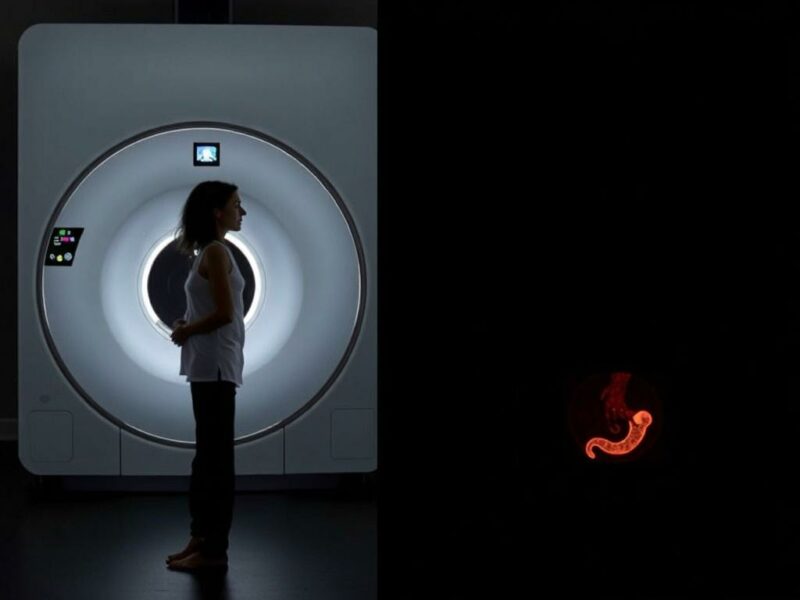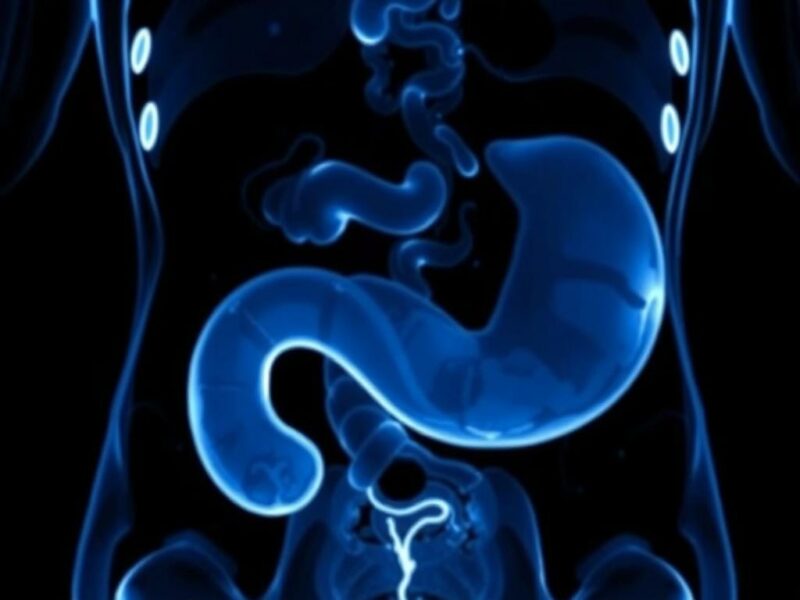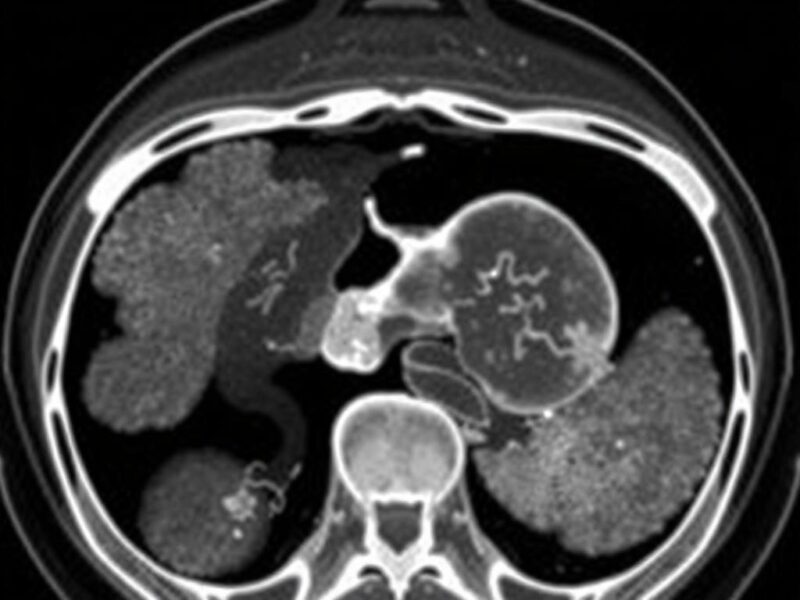Pregnancy is a remarkable journey filled with many changes, both exciting and challenging. One of the most perplexing medical conditions that can arise during this time is appendicitis. Diagnosing appendicitis in pregnant women is tricky because many of the symptoms overlap with normal pregnancy discomforts, and the usual diagnostic tools have limitations. This is where MRI for appendicitis in pregnancy becomes a true game-changer, offering a safe, reliable, and non-invasive way to accurately diagnose this condition without putting the mother or baby at risk.
Understanding Appendicitis and Its Risks During Pregnancy

Appendicitis, the inflammation of the appendix, is a medical emergency that requires swift action. If untreated, it can lead to rupture, severe infection, and other serious complications. For pregnant women, appendicitis presents even greater challenges. The symptoms can mimic those of common pregnancy ailments such as nausea, vomiting, and abdominal discomfort. Additionally, as the uterus grows larger, it shifts the position of the appendix, which can make physical examination and traditional imaging less accurate.
Importantly, delayed diagnosis or treatment might increase the risk of premature labor, fetal loss, or maternal morbidity. Therefore, timely and accurate identification of appendicitis is critical for the health and safety of both mother and child.
Why MRI is Favorable for Diagnosing Appendicitis in Pregnancy
Traditionally, ultrasound has been the first imaging choice during pregnancy because it’s safe and widely available. However, when it comes to appendicitis, ultrasound can often be inconclusive—especially in the later stages of pregnancy—as the growing uterus obscures clear views of the appendix. On the other hand, CT scans provide good imaging but use ionizing radiation, which is generally avoided during pregnancy due to potential harm to the fetus.
MRI (Magnetic Resonance Imaging) offers a perfect middle ground. It delivers high-resolution images without radiation, making it safe for both mother and baby. Over recent years, MRI for appendicitis in pregnancy has increasingly become the preferred imaging method in many hospitals and clinics due to its accuracy and safety profile.
How MRI Works and Why It’s Safe in Pregnancy
Unlike X-rays or CT scans, MRI uses powerful magnets and radio waves to produce detailed images of the body’s internal structures. This technology avoids ionizing radiation entirely, which eliminates the risk of radiation-induced harm during pregnancy. Moreover, MRI does not require iodinated contrast agents, which can be problematic in pregnancy, although gadolinium-based contrast is sometimes avoided due to theoretical risks.
Studies have shown that MRI can safely be used at any stage of pregnancy without adverse effects on the fetus. The only contraindications might include women with implanted metallic devices incompatible with MRI. For most pregnant patients, MRI is an excellent option when appendicitis is suspected but ultrasound isn’t conclusive.
Symptoms of Appendicitis in Pregnancy: What to Watch For

Knowing the symptoms of appendicitis in pregnancy is crucial for both patients and clinicians to enable timely intervention. Unfortunately, these symptoms may differ somewhat from those in non-pregnant individuals, and pregnancy-related physiological changes can mask or mimic them.
- Abdominal Pain: Generally starts around the navel and then shifts to the right lower abdomen. However, as pregnancy advances, the appendix is displaced upward, and pain might be felt in the upper abdomen or right flank region.
- Nausea and Vomiting: Common in early pregnancy, so while present in appendicitis, these symptoms alone aren’t definitive.
- Loss of Appetite: Can be subtle and attributed to pregnancy changes.
- Fever: Mild fever may occur but isn’t always present.
- Increased White Blood Cell Count: May be elevated, but interpretation during pregnancy requires caution.
Because these symptoms overlap with many pregnancy-related conditions, imaging plays a vital role in confirming or ruling out appendicitis.
The Diagnostic Pathway: From Clinical Suspicion to MRI
When a pregnant woman presents with abdominal pain suspicious for appendicitis, healthcare providers typically start with a thorough clinical evaluation. This includes history, physical examination, and basic blood tests such as white blood cell counts and inflammatory markers. Following this, an ultrasound examination is usually performed because it’s safe, accessible, and inexpensive.
However, when ultrasound results are inconclusive, particularly in the second and third trimesters, MRI is the next step. The excellent soft-tissue contrast and multiplanar imaging capabilities of MRI help visualize the inflamed appendix or other pathology clearly.
Comparing Imaging Options: Ultrasound, CT, and MRI
| Imaging Modalities | Advantages | Limitations | Safety in Pregnancy |
|---|---|---|---|
| Ultrasound | Widely available, inexpensive, no radiation, bedside capability | Operator dependent, limited by body habitus and bowel gas, reduced accuracy in 2nd & 3rd trimesters | Very safe |
| Computed Tomography (CT) | High-resolution images, quick, well-established for appendicitis | Uses ionizing radiation; potential fetal risk | Generally avoided unless benefits outweigh risks |
| Magnetic Resonance Imaging (MRI) | Excellent soft tissue contrast, no radiation, reliable diagnosis, safe in pregnancy | Higher cost, limited availability, longer scan time, patient claustrophobia | Safe and preferred when ultrasound is inconclusive |
What to Expect During an MRI Scan for Appendicitis in Pregnancy
If an MRI is ordered, there’s no need to worry—it’s painless and non-invasive. The expectant mother will be asked to lie still on the scanning table, which slides into a tunnel-like machine. The radiology technologist will usually provide headphones or earplugs because the MRI machine makes loud knocking sounds during the scan.
Unlike CT scans, MRI does not require injected radiation, but some MRI protocols might use gadolinium contrast; during pregnancy, this is typically avoided or used only if absolutely necessary.
The scan can take between 20 to 45 minutes. During this time, the patient must remain as still as possible to obtain clear images. After the scan, a radiologist will carefully analyze the images and report the findings to the doctor.
Interpreting MRI Results: What Radiologists Look For
Radiologists are trained to identify signs of appendicitis on MRI, which may include:
- Enlargement of the appendix (greater than 6 mm diameter)
- Wall thickening or enhancement suggesting inflammation
- Periappendiceal fluid or fat stranding (inflammation around the appendix)
- Abscess formation or evidence of rupture
- Secondary signs such as bowel obstruction
An accurate MRI diagnosis helps physicians decide whether surgery is necessary or if conservative management is appropriate.
Treatment Options Following MRI Diagnosis

Once appendicitis is diagnosed using MRI, the treatment plan depends on the severity and timing. Generally, the mainstay of treatment is surgery—usually an appendectomy. During pregnancy, laparoscopic surgery is often preferred for its minimal invasiveness and faster recovery time, but the surgical approach depends on the gestational age and surgeon experience.
In certain cases, particularly with a contained abscess or early diagnosis, conservative treatment with antibiotics might be considered temporarily, but surgery often remains the definitive treatment to avoid rupture.
Benefits of Early and Accurate MRI Diagnosis on Treatment Outcomes
Early diagnosis with MRI helps minimize complications and allows timely surgical intervention, leading to better outcomes. According to research and clinical experience, pregnant women diagnosed promptly have lower rates of appendix rupture, reduced hospital stays, and decreased risks of preterm labor compared to delayed diagnosis.
Moreover, by avoiding CT scans and unnecessary radiation exposure, MRI for appendicitis in pregnancy prioritizes fetal safety without sacrificing diagnostic accuracy.
Frequently Asked Questions About MRI and Appendicitis in Pregnancy
Is MRI safe for the baby during all trimesters?
MRI is widely regarded as safe throughout pregnancy since it does not use ionizing radiation. Many studies have found no increase in adverse outcomes associated with MRI during any trimester. However, individual cases should be discussed with healthcare providers.
How quickly can MRI diagnose appendicitis?
MRI scans can be performed and interpreted within a few hours, depending on the healthcare facility’s resources. This allows for prompt diagnosis and management.
Are there any risks or side effects to MRI during pregnancy?
MRI is generally very safe with minimal risks. Some patients might experience claustrophobia or discomfort from lying still. The main caution is against the use of gadolinium contrast agents unless absolutely necessary.
What happens if MRI does not confirm appendicitis?
If MRI rules out appendicitis, physicians will investigate other causes of abdominal pain in pregnancy, such as urinary tract infection, ovarian torsion, or gastrointestinal issues, using other tests and monitoring.
Summary of Key Points About MRI for Appendicitis in Pregnancy
| Aspect | Details |
|---|---|
| Condition | Appendicitis during pregnancy |
| Diagnostic Challenge | Overlapping symptoms; limitations of ultrasound |
| Imaging Modality of Choice | MRI when ultrasound is inconclusive |
| MRI Advantages | No radiation, high accuracy, safe throughout pregnancy |
| Treatment | Surgical appendectomy preferred; antibiotics in select cases |
| Outcomes | Improved with early diagnosis; reduced complications |
Conclusion
MRI for appendicitis in pregnancy represents a significant advancement in maternal-fetal medicine, providing a safe and highly effective diagnostic tool when traditional methods fall short. Its ability to offer detailed, radiation-free imaging empowers clinicians to make prompt, accurate decisions, improving outcomes for both mother and baby. As awareness and access to MRI increase, it will likely become the gold standard for diagnosing suspected appendicitis during pregnancy, ensuring that this delicate condition is managed with the utmost care and precision. If you or a loved one faces abdominal pain during pregnancy, understanding the role of MRI in this context can offer clarity, reassurance, and hope for the best possible care.



